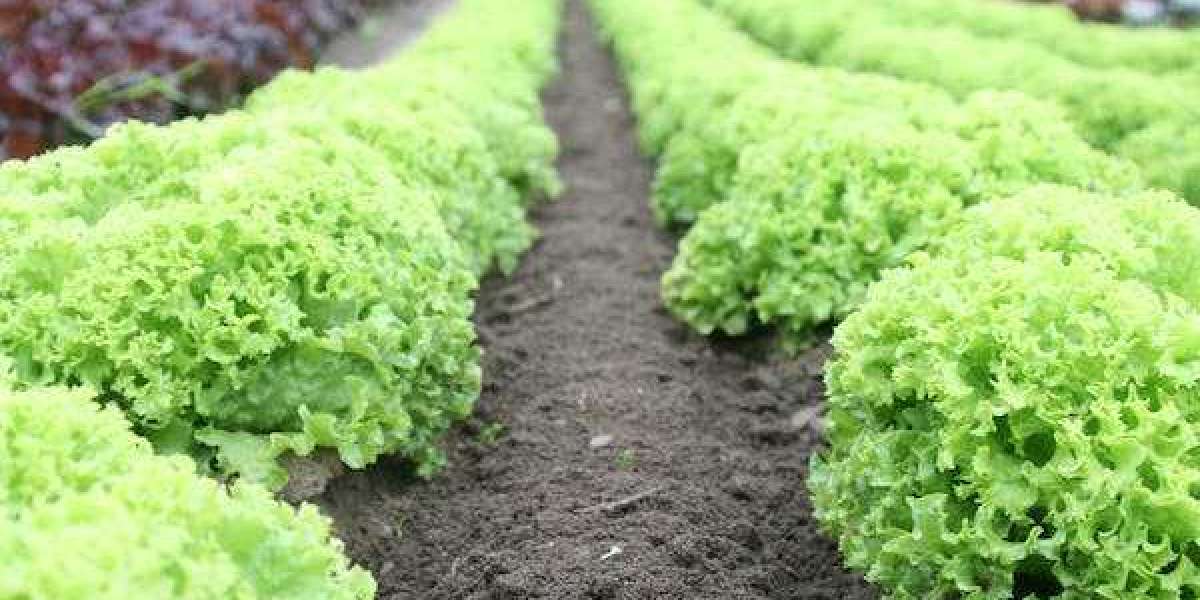Many people think that gardening is a hobby that is only possible during the warmer months of the year. However, with the right techniques and tools, it is possible to grow a thriving garden even in the colder months of winter. Winter gardening can be a rewarding experience, allowing you to enjoy fresh produce and beautiful flowers all year round. In this article, we will explore the best ways to start your own winter garden and keep it healthy and thriving throughout the season.
Choosing the Right Plants
The first step to a successful winter garden is choosing the right plants. While many plants are not suited to the colder months, there are several varieties that can thrive in winter conditions. Some popular choices for winter gardening include kale, collard greens, Brussels sprouts, and carrots. These plants are hardy and can withstand the cold temperatures and frost that come with winter weather.
Another important factor to consider when choosing winter plants is the amount of sunlight they require. While some plants may require full sunlight to grow, others can thrive in partial or even full shade. When selecting your plants, be sure to research their specific needs and choose those that are best suited to the light conditions in your garden.
Preparing the Soil
Once you have chosen your plants, it is important to prepare your soil for planting. The soil in winter can be colder and harder to work with than in warmer months, so it is important to take extra care when preparing your garden bed.
Start by clearing away any debris or dead plants from the previous season. Then, add organic matter such as compost or aged manure to the soil to improve its fertility and structure. This will provide your plants with the nutrients they need to grow strong and healthy.
Protecting Your Plants from the Elements
Winter weather can be harsh on plants, so it is important to take steps to protect them from the elements. One way to do this is by using row covers or cloths to cover your plants. These covers will help to trap heat and prevent frost from settling on the plants, keeping them warm and healthy throughout the winter months.
Another important consideration is watering your plants. While plants do not require as much water in the winter, they still need to be watered regularly to avoid drying out. Be sure to check the soil moisture regularly and water your plants as needed.
Using Greenhouses and Hoop Houses
Greenhouses and hoop houses are a great way to extend your winter gardening season. These structures provide a controlled environment that can protect your plants from the harsh winter weather, allowing you to grow a wider variety of plants.
Greenhouses are more expensive and permanent structures, while hoop houses are more affordable and temporary. Both can be effective ways to protect your plants and extend your gardening season.
Conclusion
Winter gardening may seem challenging, but with the right tools and techniques, it is possible to grow a thriving garden even in the colder months. Choosing the right plants, preparing your soil, and protecting your plants from the elements are all important considerations when starting a winter garden. With a little bit of planning and effort, you can enjoy fresh produce and beautiful flowers all year round.





